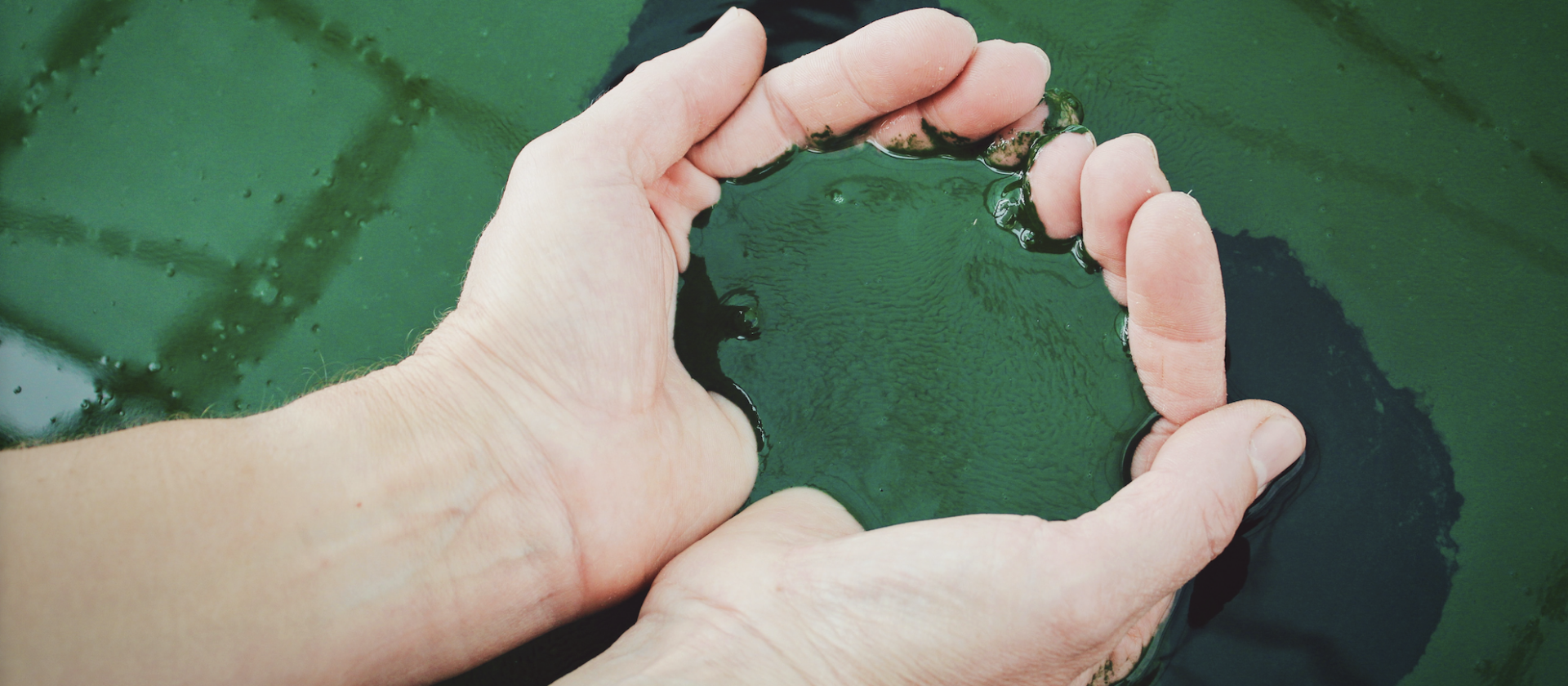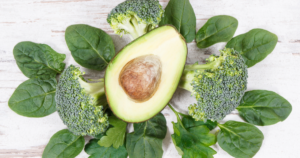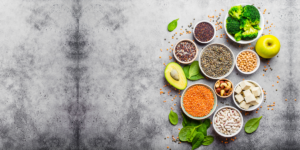We mentioned that blue spirulina is part of our pantry of superfoods, but what exactly is it and why is it good for you?
Is it a bird, is it a plane, is it an algae?
Sort of. It is a type of micro-algae, specifically a cyanobacteria, also known as blue-green algae – microscopic organisms which are actually bacteria that produce energy through photosynthesis.
This algae was used by the Aztecs in pre-colombian Mesoamerica to boost endurance and energy. It has a protein content comparable to that of eggs, which gives it the superfood status. This food was harvested from flat tropical waters with high salt content such as Lake Texcoco and was turned into blue-colored cakes which, according to legend, they used to sustain marathons and intense labor. Spirulina is also one of the most important sources of protein in Chad where it is harvested from Lake Chad. Nowadays, growing spirulina usually implies aquacultures that use systems to control the amount of light, temperature, pH, water quality etc. To harvest it, the water full of algae is filtered and the algae is then dried either in the sun or with hot air.
Fun fact, the World Health Organization recommends it to treat malnutrition and it has even been taken to space by NASA who have been using it to supplement the diets of their astronauts. Some people even call it “the food of the future”.
So what are the benefits of eating spirulina?
There is a long list of benefits attributed to consuming foods containing spirulina so here is an overview.
Spirulina provides 20 times more protein per hectare than soy. And unlike other plants with strong cell walls, spirulina is easy to break down which provides a highly absorbable form of protein. It is a good source of vitamins A, B1, B2, B3, D, E, K, copper, iron, magnesium (which is indispensable for producing protein and creating energy, as well as supporting normal daily body function). Spirulina is also one of the only plant proteins that contain 18 of the 20 amino acids, including all the 9 essential amino acids that the body cannot produce on its own.
Besides the nutritional content, let us look over some of the potential effects it may have on human health: antioxidant properties that can reduce the risk of cancer, anti inflammatory and pain relief, protection of the brain and the circulatory system, allergy relief, supporting the immune system and protection against vision loss as well as antibacterial properties and more. As always, more research is necessary to definitively prove all the benefits associated with spirulina, but it is one of the most studied supplements and many of these claims have been thoroughly analyzed.
How do I use it?
We use spirulina in our bowls as a powder and it gives much more vibrancy to any product, as well as increasing its nutritional value. It is very easy to incorporate it in your diet by sprinkling it on a salad, soup or pudding or by mixing it in your smoothie. As always, we recommend a balanced diet that contains all the food groups necessary for a healthy life, but don’t be shy about spirulina. A little algae won’t bite!







